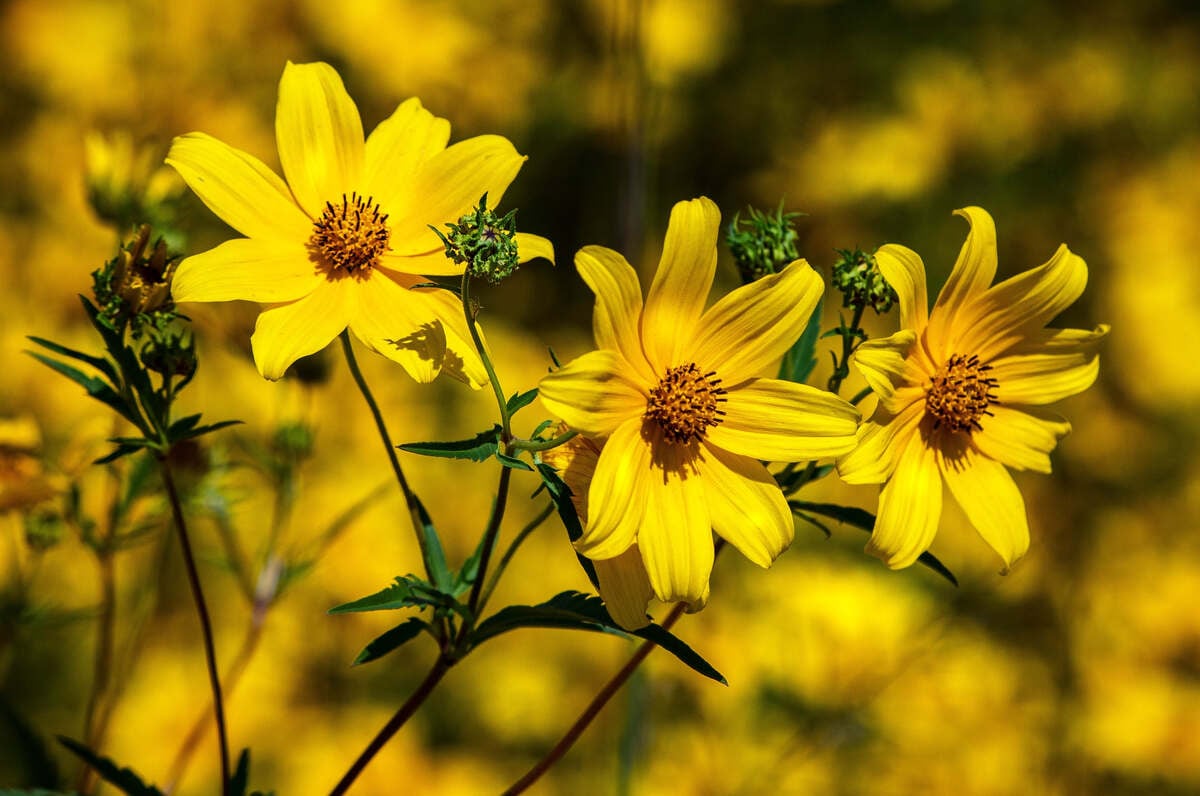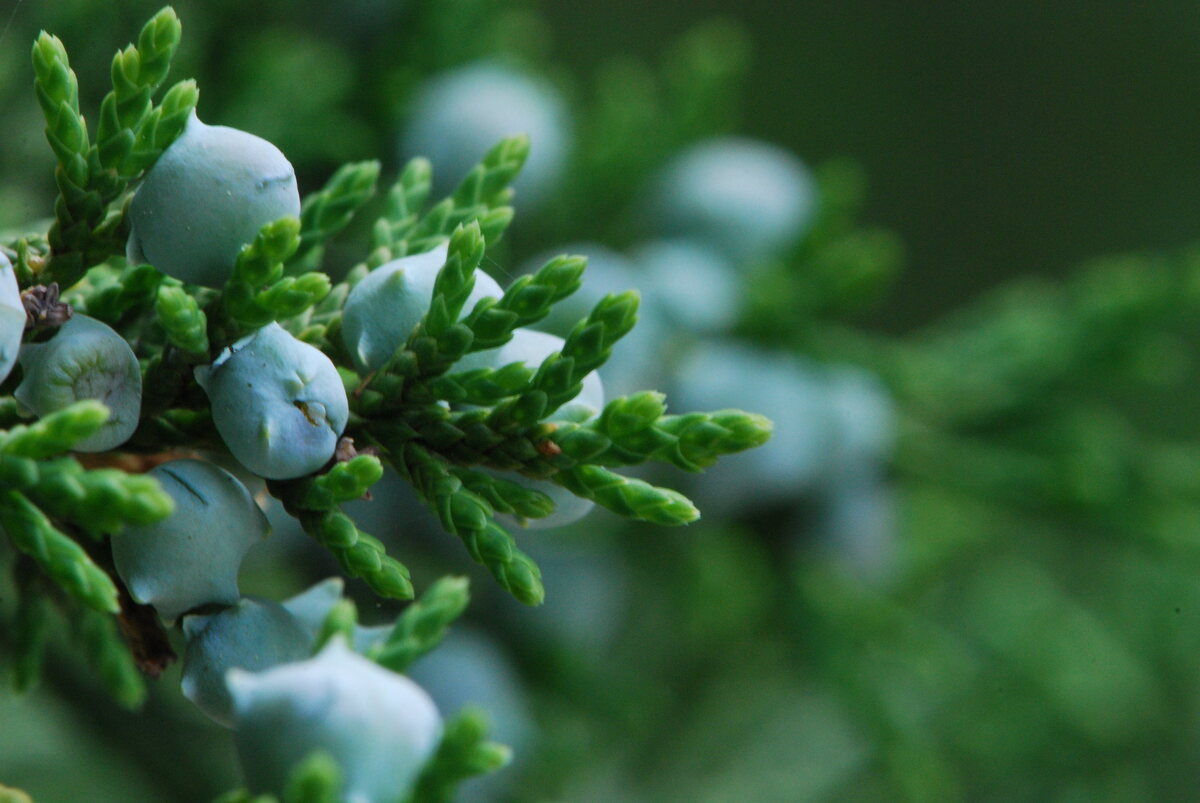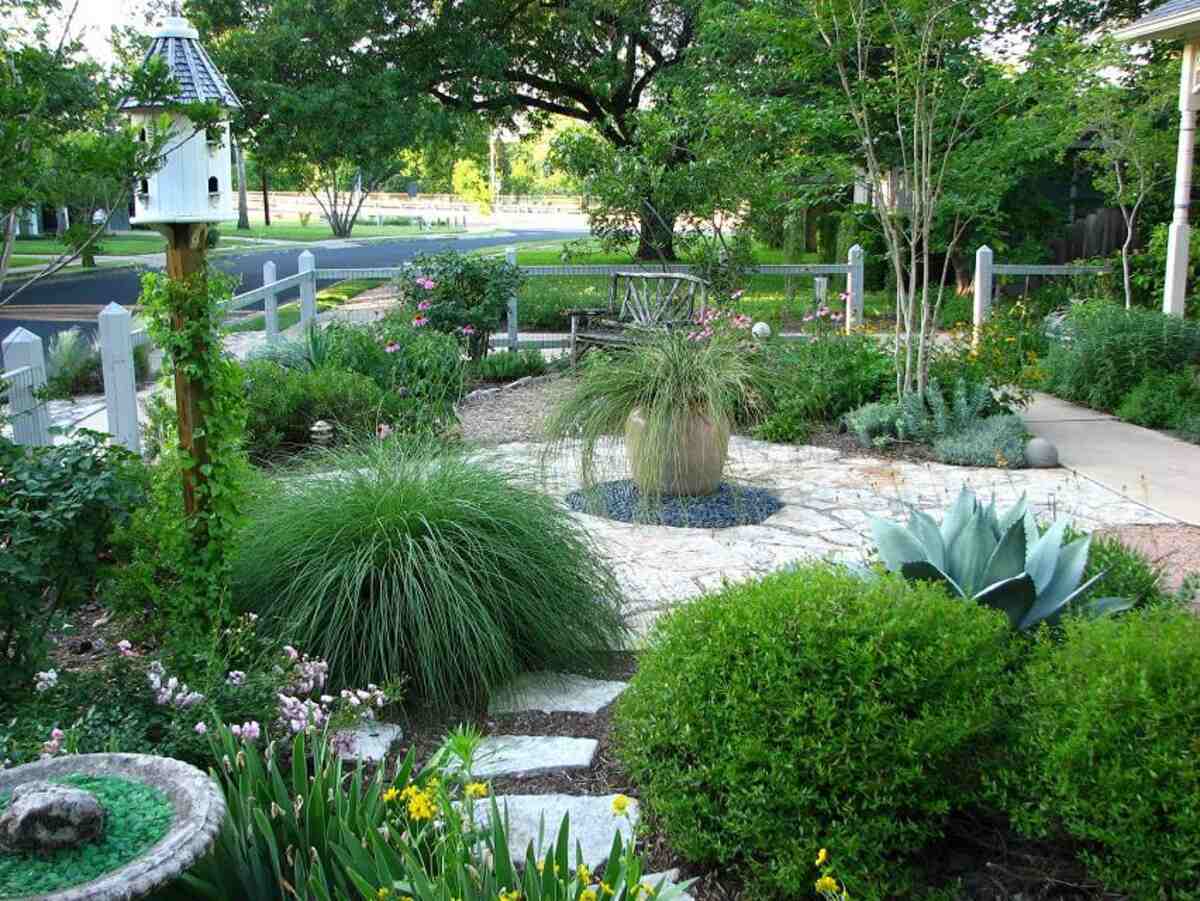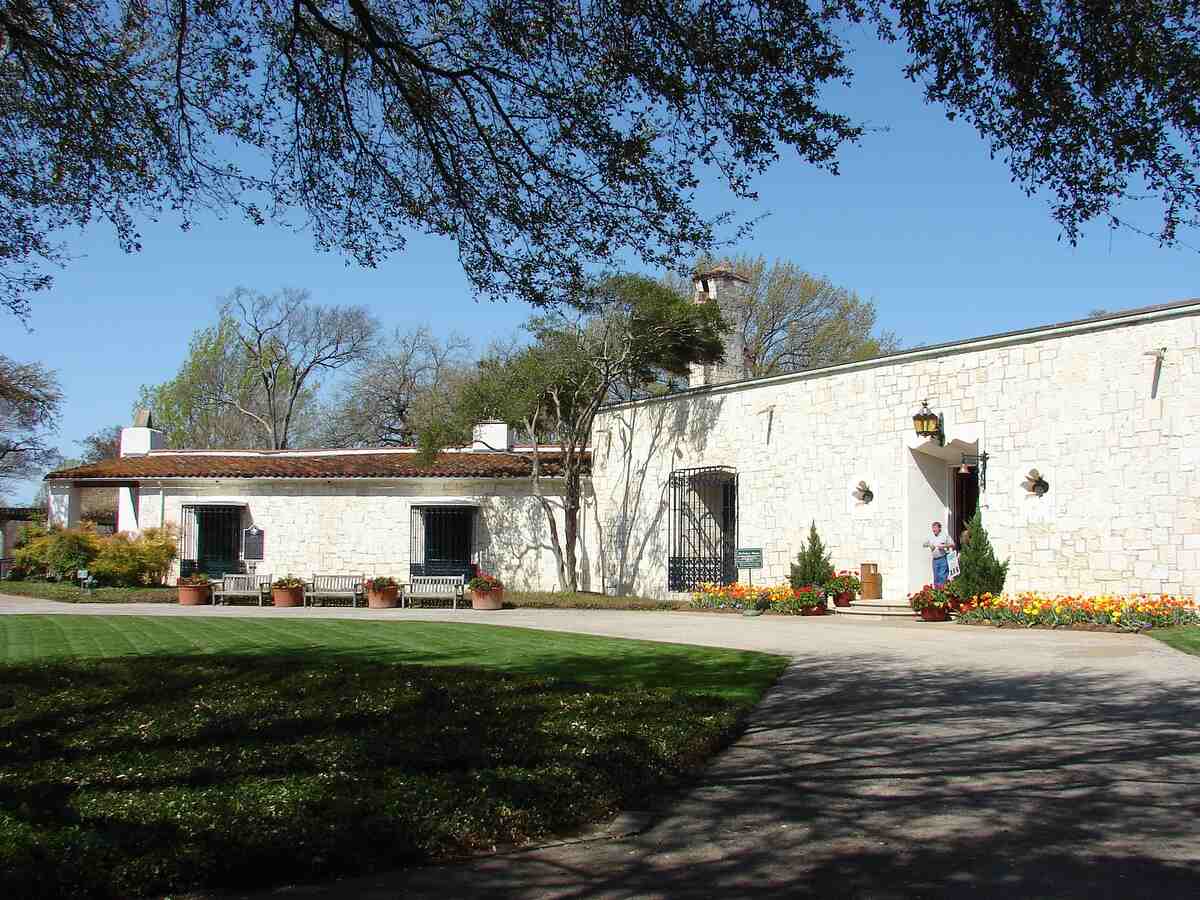
Nature is on your side if you’re a homeowner landscaping a yard in Dallas. The long growing season and the rich soil are friendly to gardeners. It’s just a matter of choosing the residential landscape elements that best flatter your outdoor living space. Here are some of the hot landscaping ideas in Dallas.
Cool the City by Planting Trees
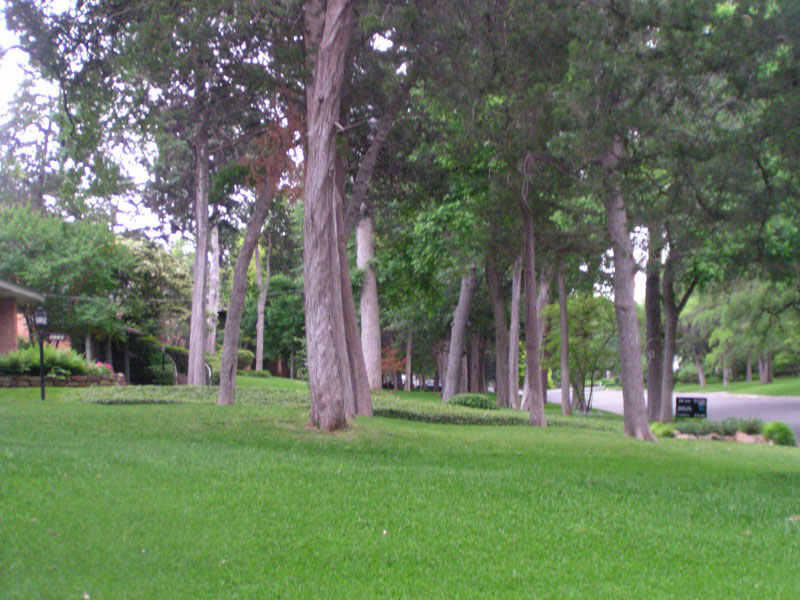
Photo Credit: Drumguy8800 / Wikimedia Commons / CC BY-SA 3.0.
What you plant in your yard can help cool the Metroplex. The Dallas Urban Forestry Management Program encourages tree planting to counter the urban heat island (UHI) effect. The city’s Urban Forest Advisory Committee encourages tree planting for several reasons:
- Large trees provide shade to block the sun’s heat.
- Trees release moisture, which lowers the urban air temperature. Arborists call this “evapotranspiration.”
- Trees need carbon dioxide to survive. Through their “breathing” or photosynthesis process, they remove significant amounts of carbon dioxide and other pollutants.
Three recommended species include:
- Cedar elm
- Chinkapin oak
- Lacebark elm
All three of these species are known for their drought tolerance. In other words, these trees can handle North Texas summers when the temperatures soar into the triple digits. They’re also tough enough to stand up to severe storms.
Avoid Planting Ash Trees
Avoid planting any species of ash tree. The destructive emerald ash borer has killed millions of ash trees since it was first detected in the United States in 2002. The destructive pest has moved into Tarrant County, making it one of four Texas counties under quarantine for the bug.
Once the borers infest an ash tree, there’s little hope of saving it. If it infests a tree within 15 miles of your ash trees, arborists can use what amounts to an IV system to inject a pesticide into your tree.
“If (the borer) feeds on a treated tree, it will kill the adults. At the larval stage, it feeds on the vascular system,” said Emmett Muennink, Regional Technical Manager for ArborJet, which develops plant and tree health solutions. The insecticide “is 99.99 percent effective at controlling both the adult beetles and the larval stage.”
Choose Plants That Attract Butterflies and Bees
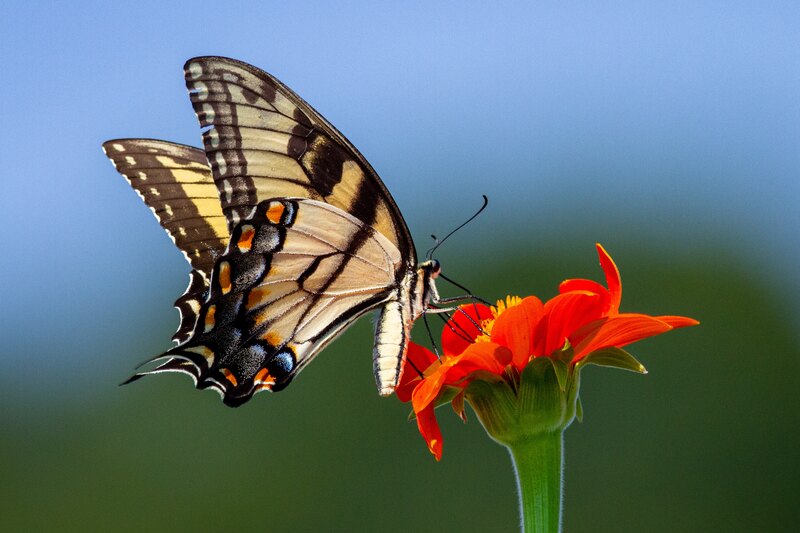
Another Dallas landscaping idea that’s taken hold is pollinator gardens, which are made up of plants that attract butterflies and honeybees. Perhaps the most iconic of pollinators is the monarch butterfly. Hundreds of millions of them pass through DFW on their annual migration.
Some flowers you should plant if you want monarchs (or many other butterfly species) to stop by your yard are:
- Frostweed
- Purple coneflowers
- Horsemint
- Texas lantana
- Milkweed (The food source for monarch caterpillars)
The honeybee has struggled in recent decades, and planting a pollinator garden or bee lawn will help sustain bee colonies. You’ll also help preserve native plants. Unlike Africanized honey bees (aka killer bees), the American honey bee is not aggressive and won’t sting unless threatened.
Bees come into your yard because they’re foraging for food,” says Dr. Michael Merchant, an entomologist at Texas A&M University. “Most only sting when they’re defending their hive or feel threatened.”
Establish a Low-Maintenance and Water-Wise Yard
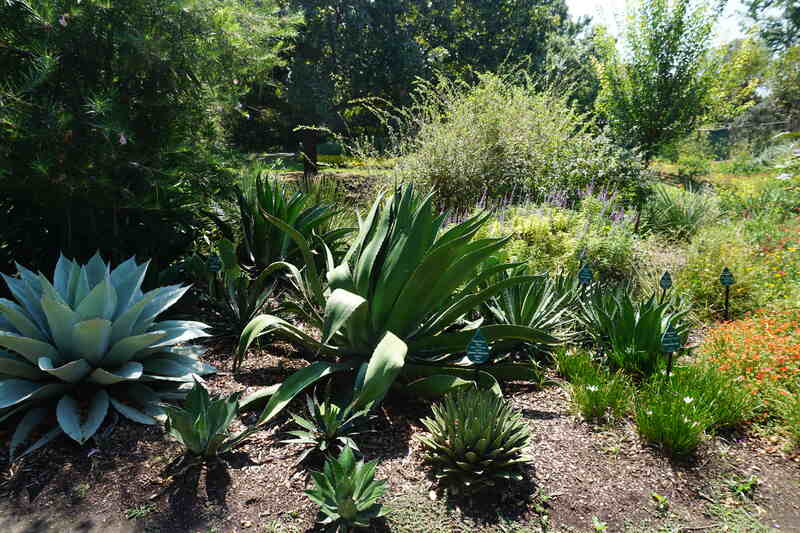
Photo Credit: Michael Barera / Wikimedia Commons / CC BY-SA 4.0
Going low maintenance and water-wise does not mean getting rid of your lawn. Your Dallas lawn is likely a warm-season grass such as St. Augustine or Bermuda that’s drought- and heat-tolerant. Once established, it doesn’t need a lot of water to thrive.
Native plants that have adapted to the North Texas climate are ideal for a water-saving garden. Consider natives such as:
- White rain lily
- Rosemary
- Perennial verbena
These Texas-friendly perennials create visual interest and thrive without much water.
You can also create a water-wise yard by grouping plants by their water needs. Group thirsty plants together, and do the same with drought-tolerant plants like bougainvillea.
Hardscaping
Another water-conserving idea is hardscaping. Outdoor living spaces can be used nearly year-round in Dallas and may even increase your resale value. Consider a few of these simple hardscaping elements for your Dallas lawn:
- Rock border
- Tiled patio
- Gravel walkway
- Fire pit
Hardscaping features can be a great design element, and it cuts down on lawn maintenance since they don’t require water or mowing.
Let Your Garden do Double Duty
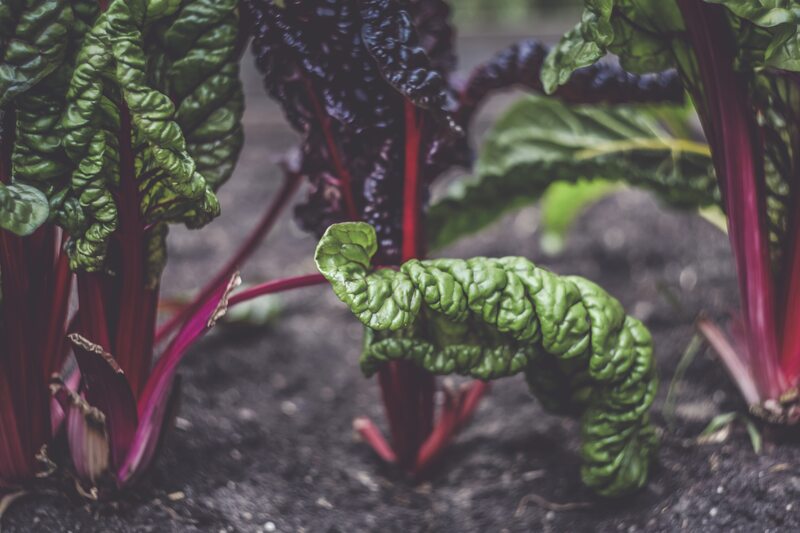
Photo Credit: Rawpixel
Another emerging idea in Dallas yards is foodscaping. Simply put, it’s a garden design method in which the flower bed and vegetable garden become one.
Gardeners and horticulturists say many popular edible plants, like rainbow chard, kale, and lettuce, are visually appealing and grow well with flowers. If you like growing herbs, rosemary and basil look great in a flower garden. Pepper plants not only love the heat, they produce their own small blossoms that turn into peppers.
You Can Mix and Match Landscaping Ideas
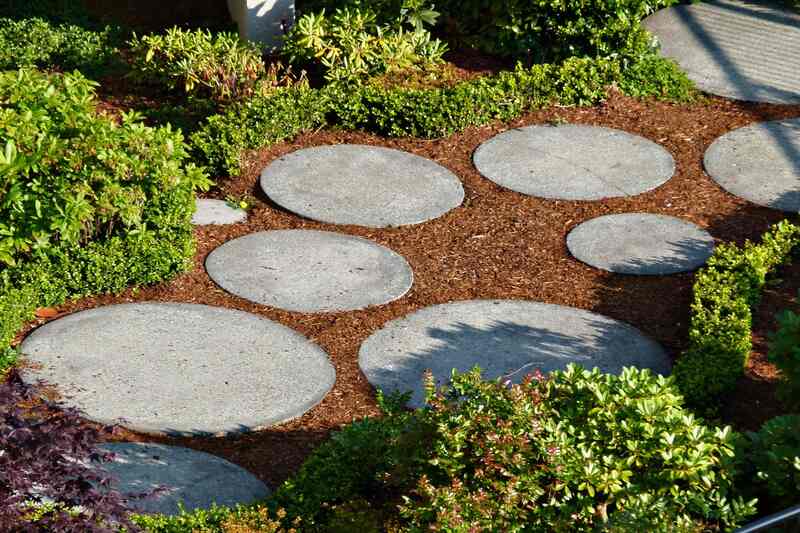
You don’t have to limit yourself to one idea when you sketch out a landscaping plan. You can place edible plants in your pollinator garden. A stone walkway can lead you from the patio or the outdoor kitchen to the flower beds, across the warm-season, drought-tolerant St. Augustine grass, saving you water and wear and tear on the grass.
Whether you choose one hot landscaping idea or a little from all of them, it will help define your Dallas home’s outdoor space.
FAQ
What Plants Can Repel Pests in a Vegetable Garden?
In companion planting, vegetables are paired with plants that act as a natural pest repellent, thus reducing the need for pesticides. For example, nasturtiums repel cucumber beetles; alyssum attracts hoverflies that feed on aphids; basil can keep pests from attacking your tomatoes.
Gravel can have many uses in a hardscape, such as:
● Walkways
● Driveways
● Garden beds
● Patios
Other inexpensive and multiple-use hardscape materials include bark and mulch, which also can be used as ground cover.
For a yard in North Texas, one possibility for your front yard is the purple coneflower, which grows 2 to 5 feet and produces bright blooms. Another option is lemon beebalm, also known as horsemint. It grows 1 to 2 feet in full sun or partial shade, and gives off a citrus scent when rubbed or crushed.
When to Call in a Professional
If you need help to choose plants for your pollinator garden or design a hardscape for your outdoor living spaces, consider using the services of a Dallas landscaping professional. Your local landscaping company can help create an attractive and environmentally-friendly landscape design for your Dallas home.
Main Image Credit: Loadmaster / Wikimedia Commons / CC BY-SA 3.0
Additional source: Country Living

